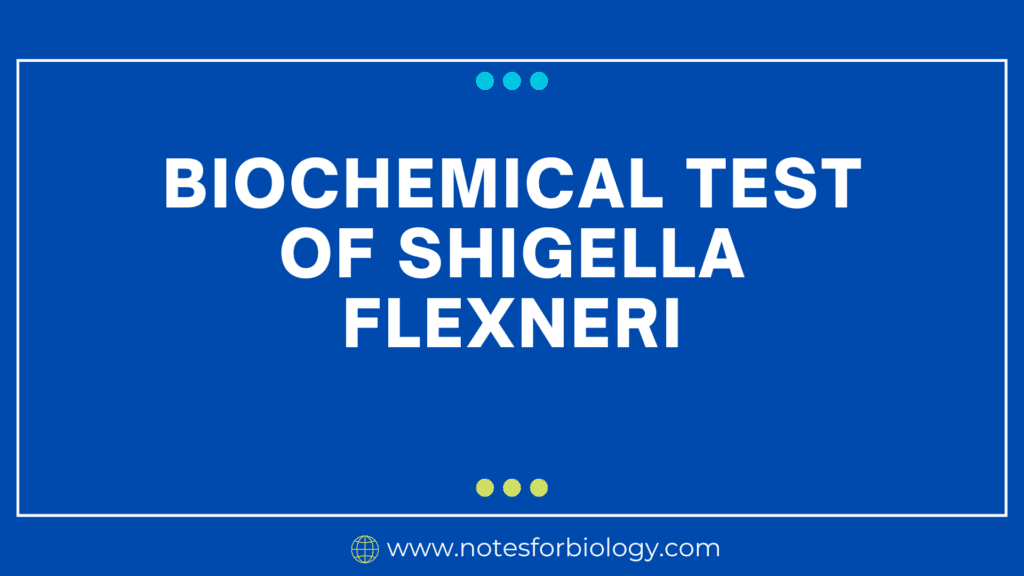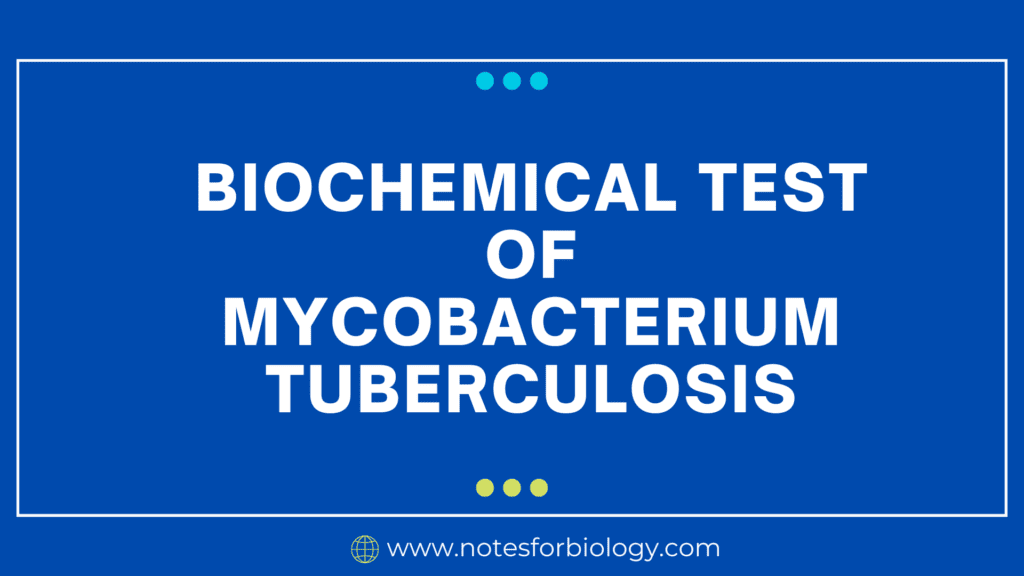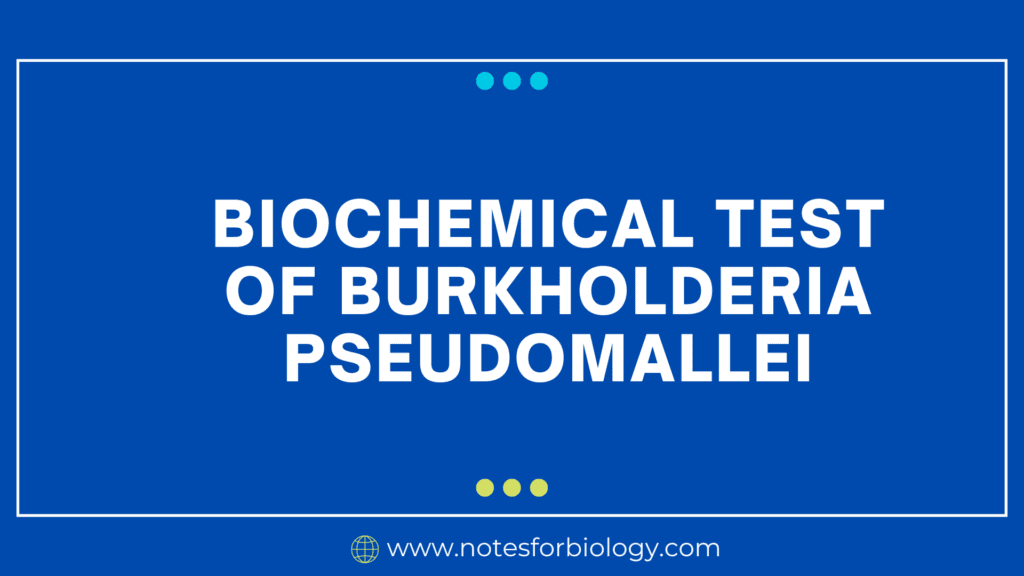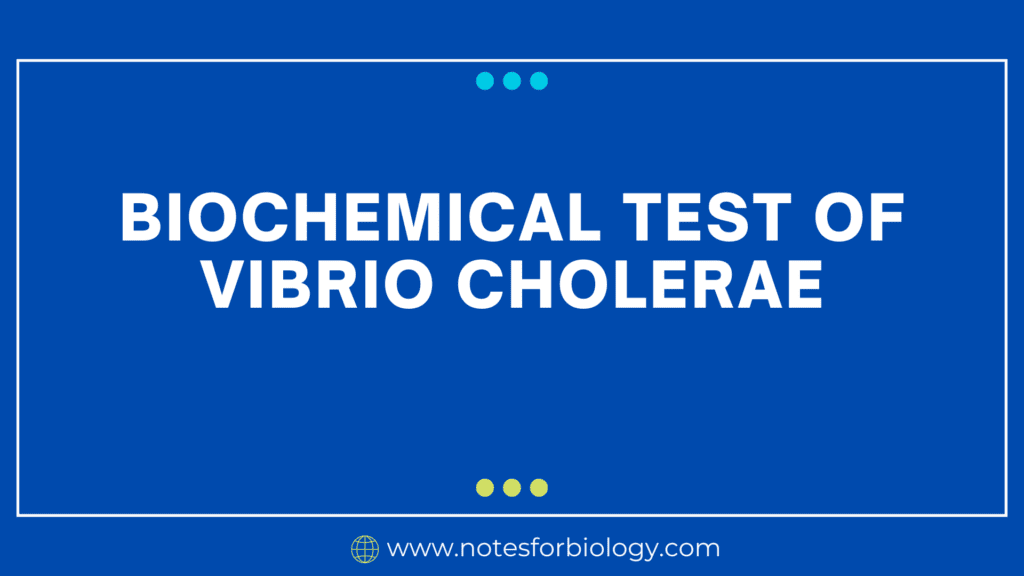Shigella flexneri indicates the presence of catalase and the lack of cytochrome c oxidase since it is catalase-positive and oxidase-negative. When tested for urease and citrate utilization, Shigella flexneri usually produces negative results, indicating that it is unable to hydrolyze urea or use citrate as a carbon source. It results in a positive Methyl Red (MR) test but a negative Voges-Proskauer (VP) test because it ferments glucose to produce stable acids.
Table of Contents
Definition
A Gram-negative bacterium called Shigella flexneri is well-known for giving humans bacillary dysentery. It is a highly contagious infection that is usually spread by tainted water or food. The primary site of infection for Shigella flexneri is the colon, which can result in symptoms like intense diarrhea, cramping in the abdomen, fever, and occasionally bloody stools.
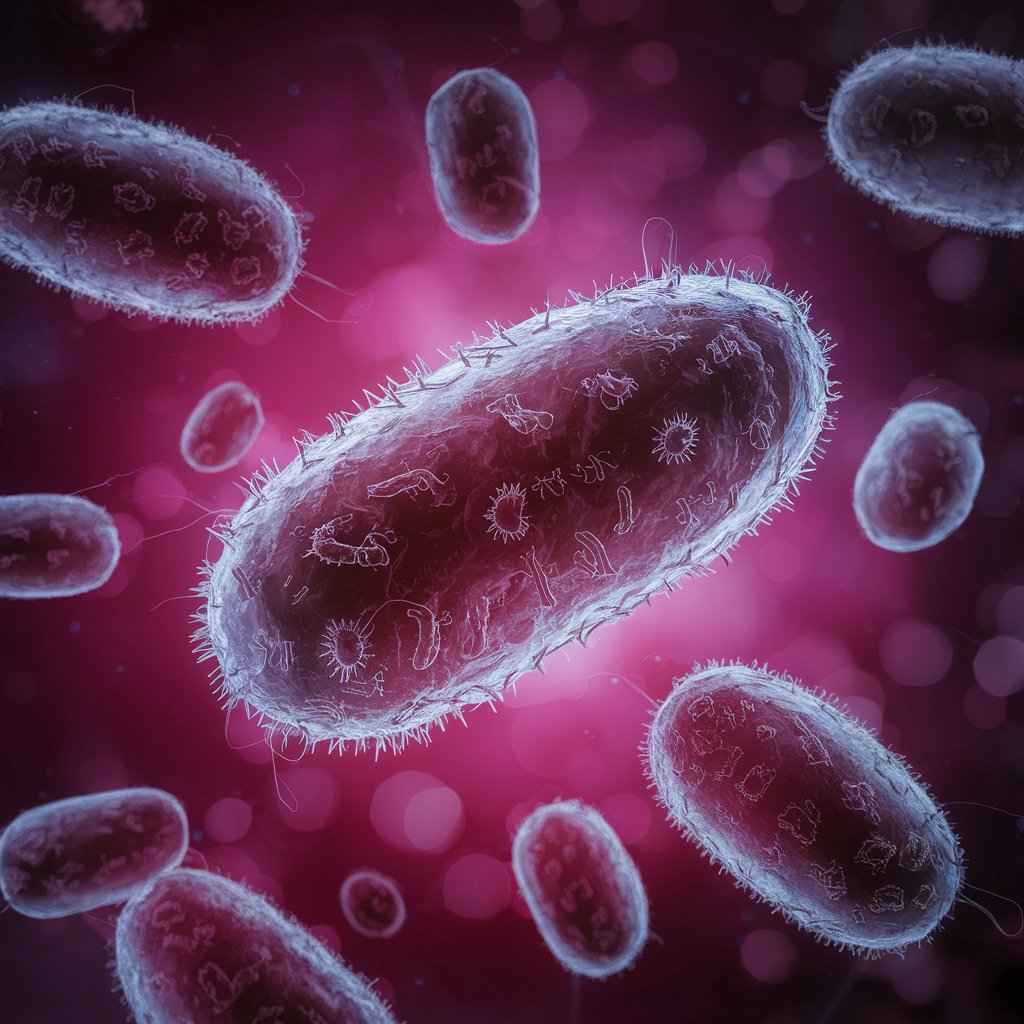
1. Gram Staining
An essential first step in identifying Shigella flexneri is gram staining. Gram staining of Shigella flexneri yields Gram-negative rods. This indicates that the bacteria take up the counterstain, safranin, and appear pink under a microscope instead of retaining the crystal violet stain used in the Gram staining process. Their cell wall, which consists of an outer membrane made of lipopolysaccharides and a thin layer of peptidoglycan, gives them their distinctive gram-negative characteristic. This Gram-negative result is crucial for differentiating Shigella flexneri from Gram-positive bacteria and serves as a guide for additional biochemical testing that will verify its identity.
2. Oxidase Test
Shigella flexneri does not produce cytochrome c oxidase, as indicated by the negative results of the oxidase test. When the test reagent is applied, this causes no color change. This negative result aids in the precise identification of Shigella flexneri by separating it from oxidase-positive bacteria such as Pseudomonas species.
3. Catalase Test
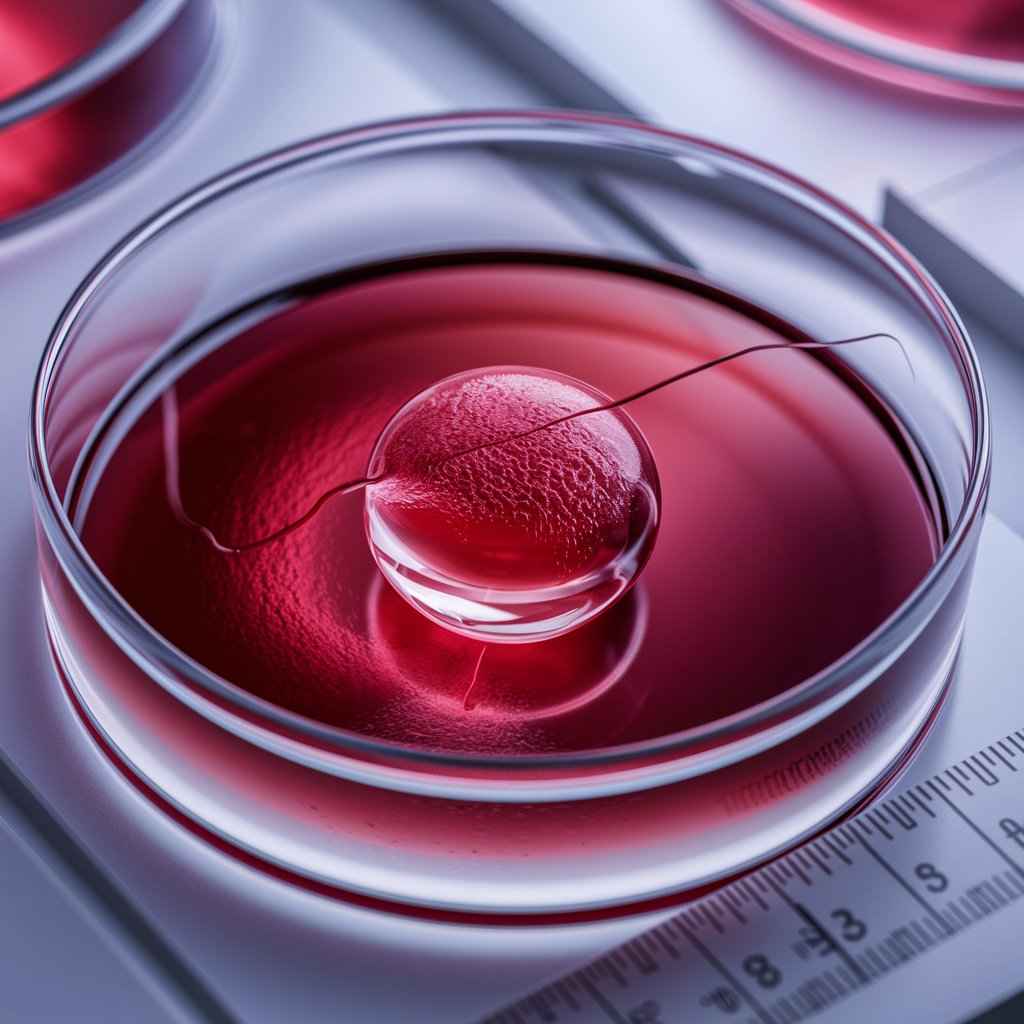
The results of the catalase test for Shigella flexneri show that the bacteria are catalase producers. Applying hydrogen peroxide causes it to disintegrate into oxygen and water, which is visible bubbling. Shigella flexneri is easier to identify and distinguish from catalase-negative bacteria thanks to this positive result.
4. Indole Test
Shigella flexneri does not produce indole from the amino acid tryptophan, as indicated by the negative results of the indole test. No red or pink color appears when tested with Kovac’s reagent. Shigella flexneri can be accurately identified with the help of this negative result, which helps to differentiate it from indole-positive bacteria.
5. Methyl Red (MR) Test
The results of the Methyl Red (MR) test for Shigella flexneri show that the bacteria ferments glucose with mixed acids, resulting in stable acids that lower pH. The solution becomes red when methyl red indicator is added, signifying acidity. This positive MR test contributes to the identification of it by separating it from organisms that do not produce stable acid end products.
6. Voges-Proskauer (VP) Test
Shigella flexneri does not ferment glucose to produce acetoin, as shown by the negative results of the Voges-Proskauer (VP) test. No red color appears when VP reagents are added. Its identification is aided by this negative result, which helps distinguish it from VP-positive bacteria like Enterobacter species.
7. Citrate Utilization Test
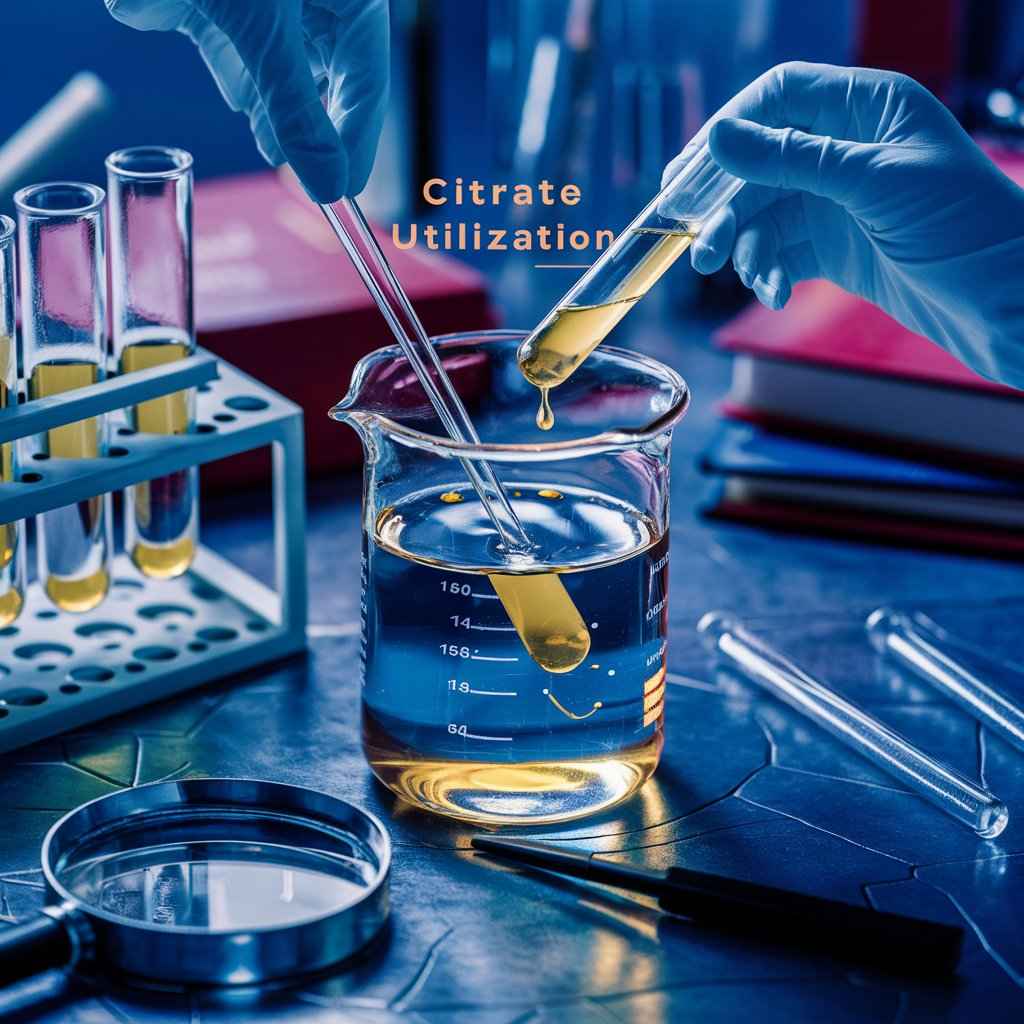
Shigella flexneri is unable to utilize citrate as its only carbon source, as evidenced by the negative results of its citrate utilization test. It does not change the color of the medium when grown on Simmons citrate agar; it stays green. This negative result contributes to the accurate identification of Shigella flexneri by separating it from citrate-positive bacteria.
8. Triple Sugar Iron (TSI) Agar Test
Shigella flexneri tested on Triple Sugar Iron (TSI) agar yields an acidic (yellow) butt and an alkaline (red) slant, indicating glucose fermentation but not lactose or sucrose fermentation. There is no production of gas and no black precipitate, which suggests that no hydrogen sulfide is produced. Contributing to its identification, these findings aid in distinguishing it from other enteric bacteria.
9. Urease Test
Since Shigella flexneri does not produce the urease enzyme, the urease test results are negative. There is no color change and the medium doesn’t alter when cultured on urea agar or broth. The accurate identification of it is aided by this negative result, which helps differentiate it from urease-positive bacteria like Proteus species.
10. Motility Test
Shigella flexneri is classified as non-motile since the motility test results are negative. In a semi-solid agar culture, it develops along a distinct growth line and does not spread from the inoculation line. This characteristic makes it easier to identify by separating it from motile bacteria like Escherichia coli.
11. Lysine Decarboxylase Test
The results of the lysine decarboxylase test for Shigella flexneri show that the bacteria is not able to convert lysine to cadaverine. Cultured in lysine-containing media, the medium stays acidic or neutral and does not change color. Its precise identification is aided by this negative result, which helps separate Shigella flexneri from lysine decarboxylase-positive bacteria.
12. Ornithine Decarboxylase Test
The results of the ornithine decarboxylase test for Shigella flexneri show that the bacteria is not able to convert ornithine to putrescine. There is no color shift and the medium stays neutral or acidic when cultured in an ornithine-containing medium. The accurate identification of it is aided by this negative result, which helps distinguish it from bacteria that are positive for ornithine decarboxylase.
13. Carbohydrate Fermentation Tests
In tests of carbohydrate fermentation, Shigella flexneri breaks down glucose and mannitol to produce acid and alter the medium’s color. Nevertheless, lactose and sucrose do not undergo fermentation, so there is no color change for these sugars. It can be accurately identified in part because of these fermentation patterns that help set it apart from other bacteria.
Summary: Identification of Shigella flexneri is aided by its unique biochemical traits. Under a microscope, it resembles Gram-negative rods and exhibits negative oxidase testing results. It does not, however, generate indole and is catalase-positive. The bacterium shows mixed acid fermentation of glucose in the Methyl Red (MR) test, but it shows negative results in the Voges-Proskauer (VP) and citrate utilization tests. It displays an acid butt and an alkaline slant on Triple Sugar Iron (TSI) agar without producing any gas or hydrogen sulfide. Test results for urease, lysine decarboxylase, and ornithine decarboxylase reveal that it is not motile.
Frequently Asked Question(FAQ)
What are the key biochemical tests used to identify Shigella flexneri?
The key biochemical tests include Gram staining, oxidase test, catalase test, indole test, Methyl Red (MR) test, Voges-Proskauer (VP) test, citrate utilization test, Triple Sugar Iron (TSI) agar test, urease test, motility test, lysine decarboxylase test, ornithine decarboxylase test, and carbohydrate fermentation tests.
How does Shigella flexneri differ from other bacteria in terms of carbohydrate fermentation?
Shigella flexneri does not ferment lactose or sucrose, but it does ferment mannitol and glucose. This particular pattern of fermentation of carbohydrates serves to distinguish Shigella flexneri from other enteric bacteria.
Related Articles

